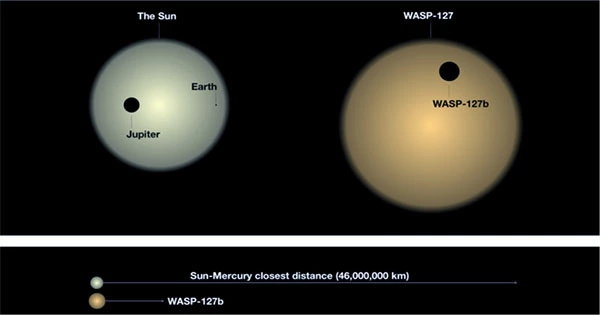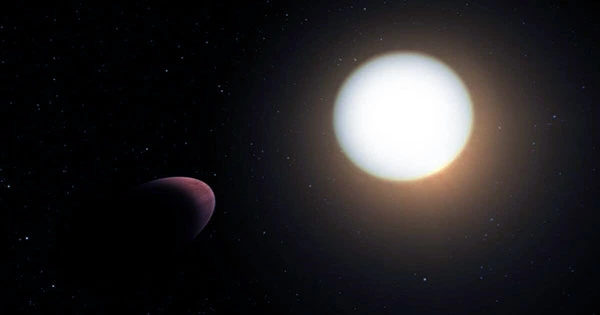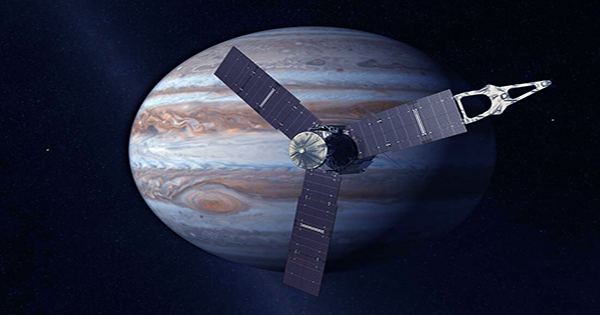The orbiting observatory Cheops has discovered an exoplanet with an unusual shape: WASP-103b, which has transformed into a Jupiter-sized rugby ball due to its star’s gravitational pull. This first time an exoplanet’s distortion has been discovered, the planet’s high tidal forces cause the planet’s strange shape. WASP-103b circles a star that is 1.7 times the size of our Sun (and a little hotter), and it orbits it incredibly near — one year on that planet is equivalent to one day on Earth.
The planet was identified in 2014 using the transit method. It blocks some of the star’s light when it passes in front of it, and periodic dips are signs of a planetary presence. Cheops can track these light signals with such precision that it can determine the shape of the planet, which has long been thought to be influenced by the star’s powerful pull. The findings were published in the Astronomy & Astrophysics journal.

“We were able to estimate the deformation after watching numerous such ‘transits.’ It is astonishing that we were able to accomplish this — this is the first time such a study has conducted “In a statement, co-author Babatunde Akinsanmi, a researcher at the University of Geneva, stated. Cheops is a European Space Agency and Swiss collaboration mission. Researchers were able to calculate the planet’s Love number thanks to its observation of this system. This parameter is named after Augustus E. H. Love, a British mathematician, and it shows how the planet’s mass is distributed. Scientists can deduce the interior structure from this.
In a release, lead scientist Susana Barros of the Instituto de Astrofsica e Ciências do Espaço and the University of Porto said, “A material’s resistance to being distorted relies on its composition.” “For example, the Moon and the Sun cause tides on Earth, yet we can only see tides in the oceans.” The rocky section does not move much. We can tell how much of the planet is rocky, gaseous, or water by measuring how much of it is distorted.” The Love number of WASP-103b is similar to Jupiter’s, Despite having 8 times the volume but only 1.5 times the mass, this shows that its underlying structure is similar. This is unquestionably a bloated planet.
“We would anticipate a planet 1.5 times the mass of Jupiter to have around the same size,” Barros continued, “therefore WASP-103b must be enormously swollen due to heating from its star and maybe other reasons.” The Love number for WASP-103b is still a bit of a mystery, but more observations from Cheops and work from the newly deployed JWST will help us figure out what is going on with this rugby-ball-shaped planet.
















